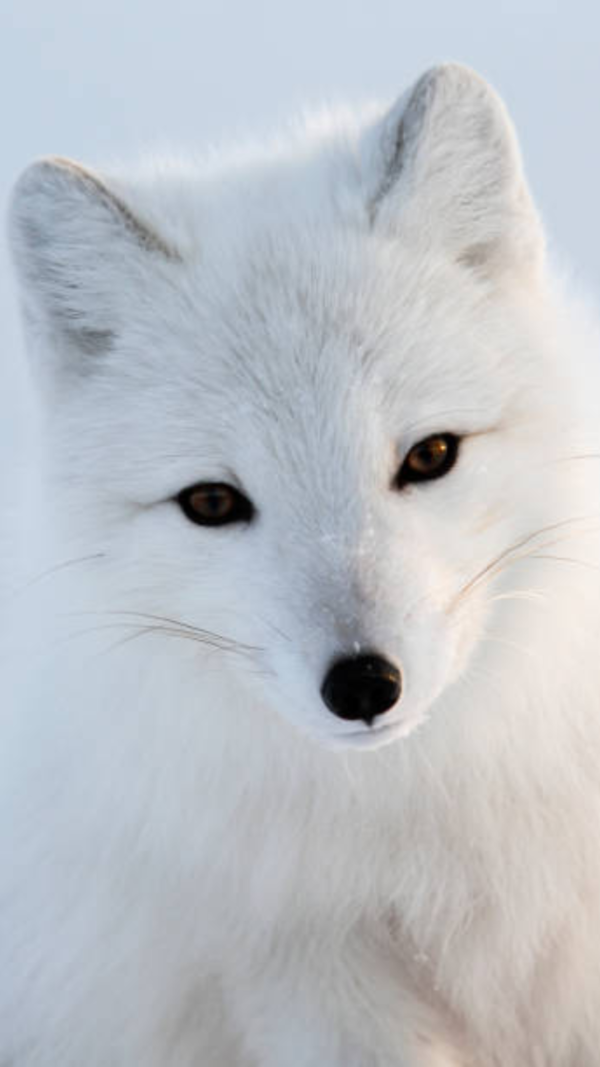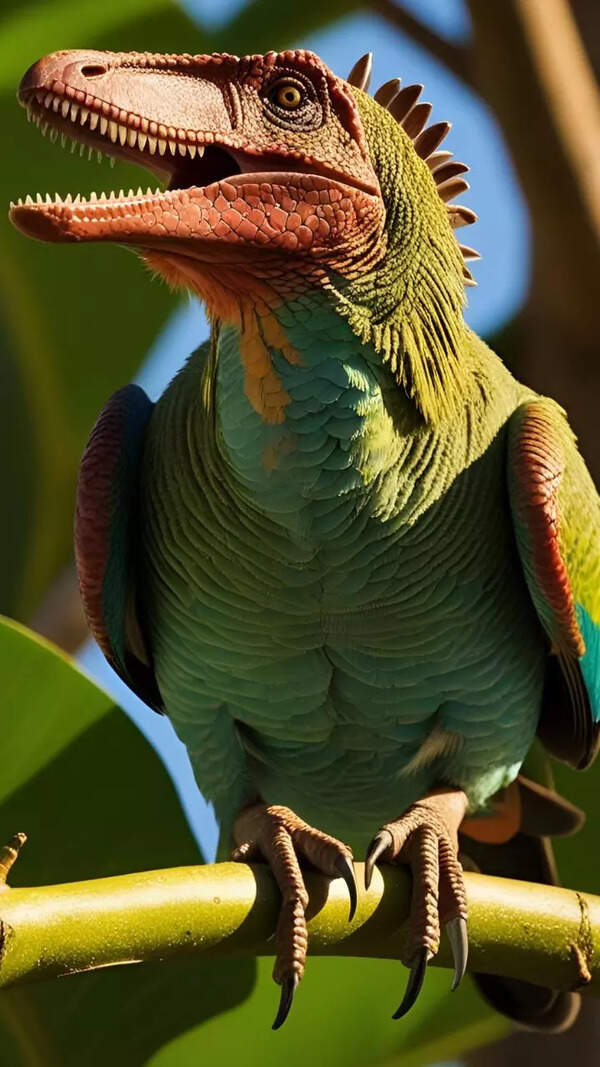From spatulas to gloves: 8 of the weirdest space debris items

8 of the weirdest space debris items
Space missions are all about precision and planning… or at least, they’re supposed to be. But even in the vast, high-tech world of outer space, things don’t always go as planned.
Over the years, astronauts have lost more than just time or sleep during missions– things like tools, equipment, and even personal items have accidentally floated away into space. And sometimes, they let go of things on purpose because bringing them back to Earth just didn’t make sense.
From scientific gear to heartfelt tributes, these odd objects have briefly joined the growing junkyard orbiting our planet. Here’s a look at eight of the weirdest things humans have accidentally (or intentionally) left drifting in space. Note: This list is compiled using data from Wired.

Spatula
During NASA’s STS-121 mission on the space shuttle Discovery, astronaut Piers Sellers was testing ways to fix heat shields in space. While doing a spacewalk, he was using a metal spatula to apply a substance, but it accidentally slipped out of his hand and drifted away. Even though it was small, it officially became a piece of space junk.

Tool Bag
In November 2008, while on a spacewalk outside the International Space Station, astronaut Heide Stefanyshyn-Piper accidentally let go of a tool bag. The 30-pound bag had grease guns, a scraper, and smaller pouches for collecting debris. For a few days, it became one of the brightest pieces of space junk visible from Earth before burning up as it re-entered the atmosphere.

Glove
During the Gemini 4 mission, astronaut Ed White became the first American to do a spacewalk. While he was out there, one of his gloves slipped away and floated off into space. It stayed in low-Earth orbit for about a month before eventually burning up in the atmosphere. This was one of the first times a piece of equipment was accidentally lost in space.

Ammonia Tank
In July 2007, NASA told astronauts on the International Space Station to release a 1,400-pound ammonia tank into space. The tank used to be part of the station’s cooling system, but wasn’t needed anymore after an upgrade. Since it was too big to bring back to Earth, they let it go. It stayed in orbit for over a year before burning up over the South Pacific.

Gene Roddenberry’s Ashes
In a special tribute, a small capsule carrying some of the ashes of Star Trek creator Gene Roddenberry was sent into space aboard the space shuttle Columbia during the STS-52 mission in 1992. The capsule orbited Earth for a short time before re-entering the atmosphere. Years later, in 2010, another memorial launch was planned– this time carrying the ashes of both Roddenberry and his wife, Majel Barrett.

Urine Crystals
For years, astronauts on the space shuttle and early space station missions simply released urine directly into space. In the vacuum of space, the liquid froze immediately, turning into tiny ice particles that floated away. While it might sound strange, this was a common practice for decades. Recently, though, the ISS has introduced advanced systems that recycle urine into drinkable water, greatly reducing the need to discard waste like this.

Pliers
During a spacewalk in November 2007, astronaut Scott Parazynski was repairing a damaged solar array when he accidentally dropped a pair of needle-nose pliers. The tool was seen drifting away from the space station. Even though it was small, objects like this are closely monitored because they can pose a risk to other spacecraft.

Camera
In June 2007, astronaut Sunita Williams lost her digital camera while working outside the space station. It came loose during a task with the station’s solar panels. After reviewing footage, NASA determined that the clamp holding the camera had probably failed. The camera stayed in orbit for a short time before burning up during re-entry.








